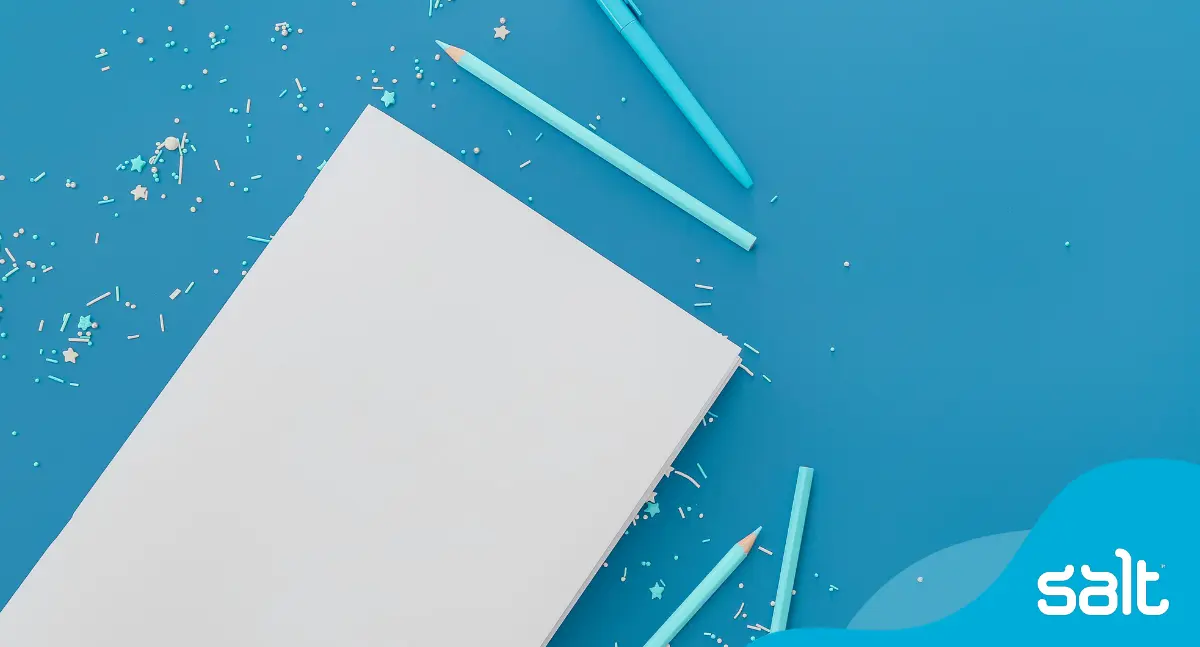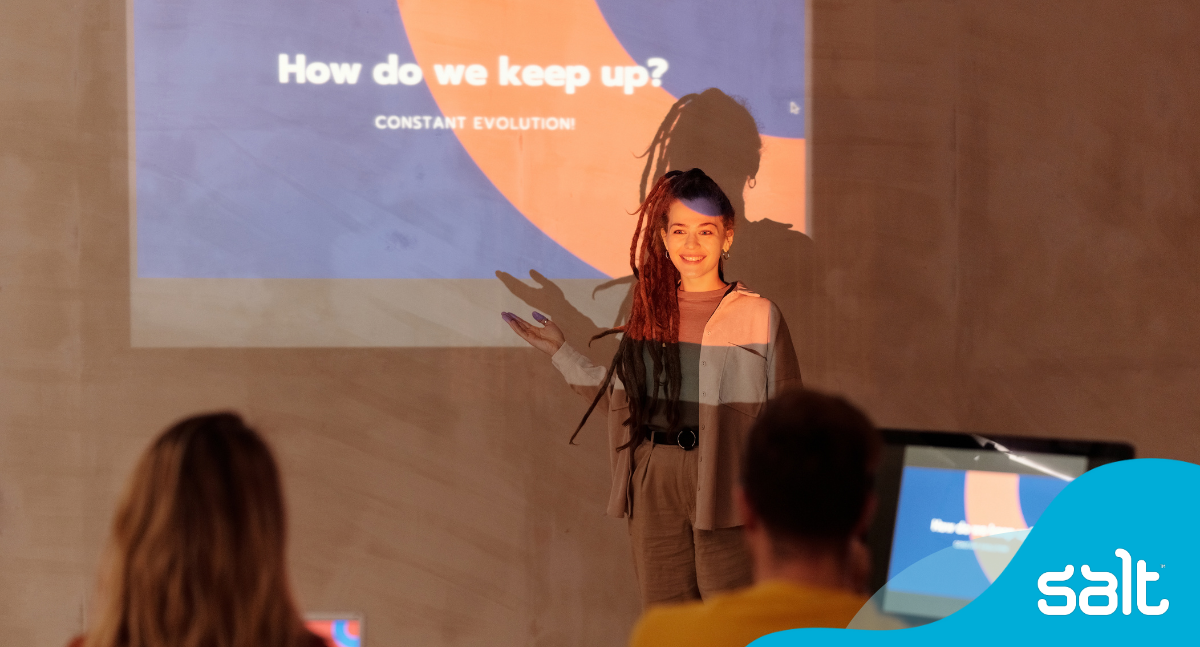
Writing a cover letter can often feel like the hardest part of the job application process. It’s your first chance to stand out from the crowd and convince the recruiter or hiring manager to invite you for an interview.
Our handy guide highlights a few simple guidelines on what to include, the best format to use, as well as a few insider tips to help you write a great cover letter that lands you your dream job.
What’s a cover letter?
A cover letter is a one page document that is submitted along with your resume when applying for a new job. It shows your interest in the position and highlights your skills and past work experiences. It’s a great way to convince a recruiter or hiring manager that you are the best candidate for the job and to set you apart from other candidates applying.
Are cover letters still relevant in 2025?
Cover letters offer a great way for hiring managers to sort through candidates and allow the focus to be placed on the applicants who truly stand out from the rest. However, they do take time, and there are considerations!
We ran our own surveys – with surprising results – asking candidates and hiring managers alike whether they really value cover letters in the application process. Here’s what we found!
If you have the time, and you really want to stand out from the crowd, write a great cover letter. It is your chance to share your story, focusing on your skillset, experience and past accomplishments, to highlight all the value you bring specifically to the job role you’re applying for.
Recruiters and hiring managers often receive hundreds of applications for a popular role. While CV’s are a great way to find out about the work experience and skills of the candidates, a cover letter is a chance to explain your approach and perspective, and how you would apply those to the role you’re applying for.
Not sure what to include in your CV? Here’s how to write a CV: top tips for standing out in 2025
What do I include in a cover letter?
When looking to write a great cover letter, it should be tailored to the specific job role you’re applying for. You’ll need to include a short introduction, a simple paragraph detailing your skills and work experience relevant to the job role, your knowledge and insight and finally a conclusion.
- An introduction:
A simple summary of who you are and the job role you’re applying for. - Include a by-line:
This should focus on your relevant work experience, accomplishments and unique skills relevant to the job role.
- A brief description:
A paragraph dedicated to why you would be a great fit for the role.
- A conclusion:
This section should reiterate your interest in the job role and end with a call-to-action such as “I’d be happy to meet to discuss this further” which introduces the idea of meeting in person motivating the recruiter to invite you for an in-person or virtual interview.
- Your contact information:
We recommend including your contact information at the bottom of your cover letter. The following details should be included:
– Your name
– Your mobile number
– Your website address or link to your portfolio online
– Your LinkedIn profile
How to write a great cover letter: 4 top tips
1. Choose a suitable voice and tone for the company or brand
While it’s important to sound like yourself, you also need to consider what tone to use to stand out to the employer reading it.
We suggest doing a little bit of research on the company to help pinpoint what the ideal tone is, and to give you a sense of what they value in their staff.
Our top tips:
- Read the ‘About’ page of the company you’re applying to – and their vision or mission statement. Make a note of any themes that stand out to you.
- Check the company’s ‘Join Us’ or application page. Do they list any values? What do they share about the company culture and development programs?
- Check Glassdoor! What have other peoples’ experiences been of the application and interview process?
What’s appropriate as a tone of voice for your cover letter could change depending on the company and role. For example, if you’re applying for a position at a legal firm you may decide to take a more formal approach than when you’re applying for digital marketing job roles.
3. Tell your unique story
Sharing personal stories from your career is a great way to highlight your skills and work experience and give hiring managers some helpful insight into your work style.
Wondering which story or career highlight to choose? The job description usually includes a few requirements that are expected of candidates which can be referenced when looking for the right stories to tell.
Your LinkedIn profile is another opportunity to tell your unique story – without a word limit! Here are our 9 top tips on how to get your LinkedIn profile noticed
It can also be helpful to research the company or brand’s website and social media posts online so you can get a good sense of the company’s culture. When reviewing your cover letter you can compare your skills and experience with the requirements for the position.
Say for example you’re applying as a marketing manager for a tech start-up. Among a few aspects in the job description, the role requires several years of marketing experience, a deep knowledge of digital trends, and strong communication skills.
You could use your cover letter as an opportunity to describe how, in your previous role as a marketing manager, you ran several successful campaigns for your clients. You could also mention how you mentored a few junior team members and helped to improve client retention rates.
3. Visually match your CV and cover letter in font and style
We recommend creating your cover letter with similar design elements as your CV including the same font and colour theme throughout both documents. This can help create consistency which shows you’re professional to your potential employer.
It’s also important to double-check that your name, contact number and email address are displayed identically on both documents. This is the only way the recruiter is able to reach out to you so it’s vital that your contact information is accurate and remains up to date.
Worried about a career gap on your CV? Here’s how to tell your story during the application and interview process.
4. Ending your cover letter
A good way to write a great cover letter conclusion is by thanking the hiring manager or recruiter for considering your job application. You can let them know that they’re welcome to refer to your CV for more details on your past work experience and that you’re looking forward to hearing from them.
6 final things to check before you send your cover letter!
When writing your cover letter, we suggest keeping these top tips in mind:
- Check for any typos or spelling errors in your cover letter and CV – always proofread and edit them before sending!
- Avoiding including any generic text that is not specific to the company or brand that you’re applying to.
- Make sure it’s not too long! Try to keep the length of your cover letter to one page max.
- Choosing a font that is easy to read and matches your CV for visual consistency.
- Avoid using any negativity when referencing past work experiences.
- Make sure the company’s name or recruiter’s details are up to date and correct when you address your cover letter.
Ready to take on a new role? Find your dream job with Salt
Work with talent solutions and recruitment experts to create teams and discover opportunities across Creative, Marketing, Sales, Technology and more.
Create futures with Salt, upload your CV or get in touch with our teams!
Check out our open roles!
Take a look at the jobs we have available around the world:
- Australia
- Canada
- Belgium
- Europe
- Hong Kong
- Malaysia
- Middle East North Africa
- Netherlands
- New Zealand
- Singapore
- South Africa
- United Kingdom
- United States
Keep up with Salt’s career advice to help you on your job search! You can stay in the loop by following us on LinkedIn, YouTube, Facebook, Instagram, Twitter and Spotify.


